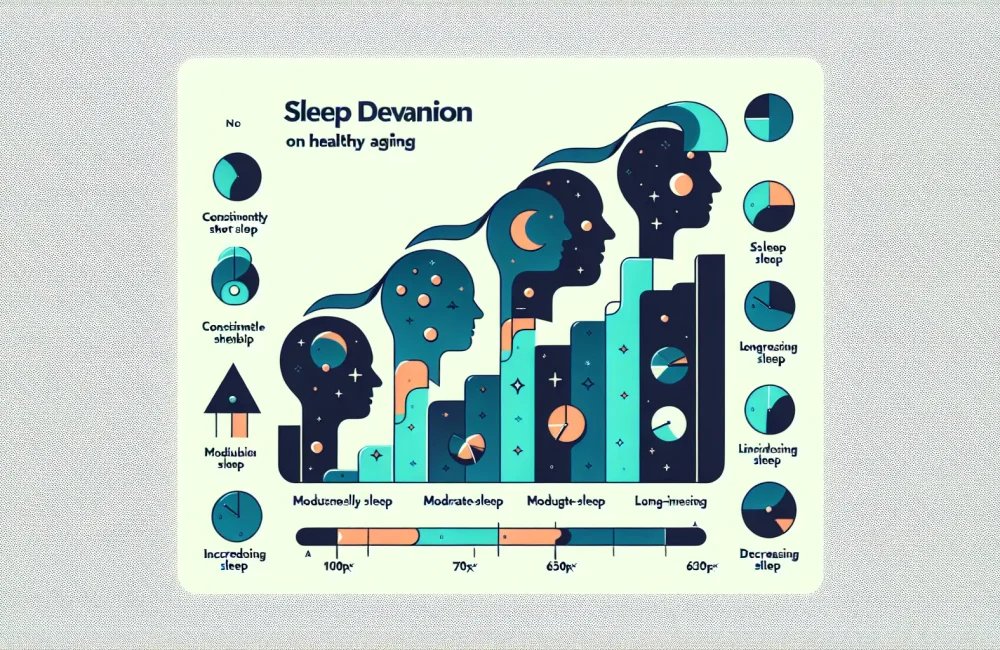By CAFMI AI From Frontiers in Medicine (Open Access)
Understanding the HALP Score and Its Clinical Relevance
Hip fractures among elderly patients remain a significant cause of morbidity and mortality, particularly within the first year after injury. Identifying reliable predictors of mortality is crucial for clinicians to stratify risk and tailor patient management effectively. The Hemoglobin, Albumin, Lymphocyte, and Platelet (HALP) score has emerged as a promising prognostic tool that combines key laboratory biomarkers reflective of a patient’s nutritional, immune, and physiological status. This score incorporates hemoglobin, which indicates oxygen-carrying capacity; albumin, a marker of nutritional status; lymphocyte count, reflecting immune competence; and platelet count, which can relate to inflammation and clotting processes. The study under review examined the relationship between HALP scores and mortality in older adults admitted with hip fractures, aiming to establish its value compared to traditional prognostic markers.
Key Findings: HALP Score as a Mortality Predictor in Elderly Hip Fracture Patients
The study involved a cohort of elderly patients admitted to hospital with hip fractures, with comprehensive data collection including demographics, clinical details, and laboratory values on admission. The HALP score was calculated for each subject at admission, and patients were followed longitudinally to assess mortality outcomes. The results indicated a strong inverse relationship between HALP scores and mortality, where patients with lower HALP scores experienced significantly higher mortality rates during follow-up. This suggests that a low HALP score effectively identifies individuals with poorer physiological reserve, potentially driven by malnutrition, diminished immune capacity, and compromised oxygen transport. Compared to traditional markers often used for risk assessment in hip fractures, the HALP score demonstrated superior predictive accuracy. The integration of multiple biological indicators into a single composite score may offer clinicians a more robust and accessible tool for timely risk stratification in this vulnerable population.
Clinical Implications and Future Directions for Patient Management
For clinicians managing elderly patients with hip fractures, the HALP score offers a practical, readily available metric to aid in mortality risk assessment at the time of admission. Its components are standard laboratory tests, making the score both cost-effective and easy to incorporate into routine workflows without additional burden. Early identification of high-risk patients via a low HALP score can prompt more intensive monitoring, nutritional support, immunologic interventions, and multidisciplinary care coordination, all of which are critical to improving outcomes in this population. The score’s predictive value emphasizes the importance of addressing underlying factors such as nutritional status and immune competence to reduce mortality risk. However, while promising, clinicians should consider the HALP score as part of a broader clinical assessment given limitations including potential variability in laboratory values and the need for further validation in diverse populations. Future research could explore integrating HALP score-guided interventions and its role relative to other predictive models in improving post-hip fracture mortality and functional recovery. Incorporating this scoring approach could enhance decision-making, patient counseling, and tailored follow-up care in primary and specialized settings.
Read The Original Publication Here






